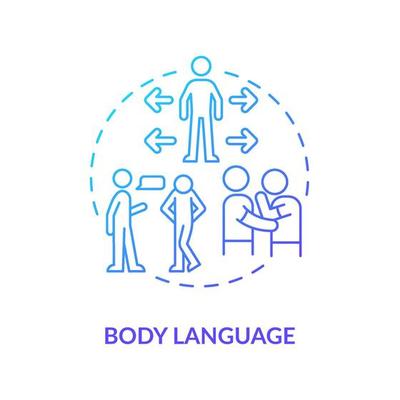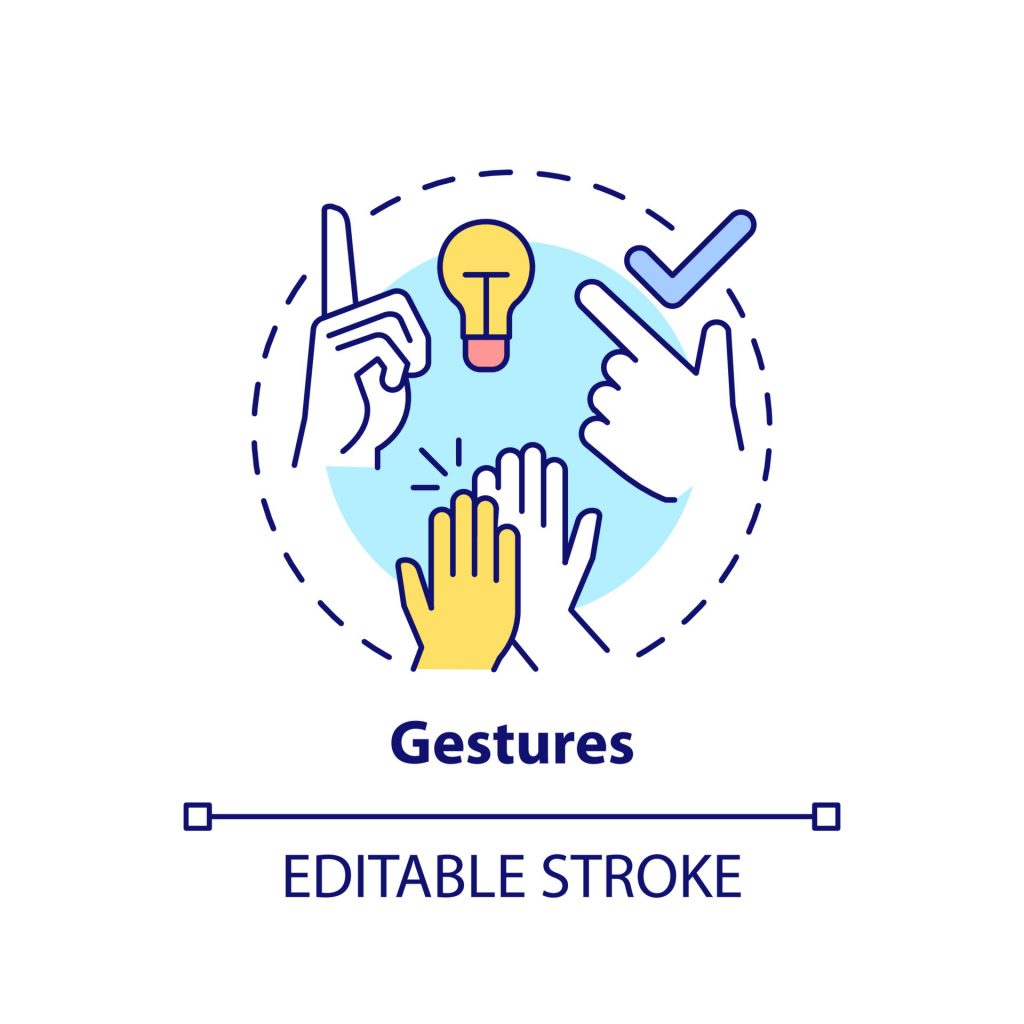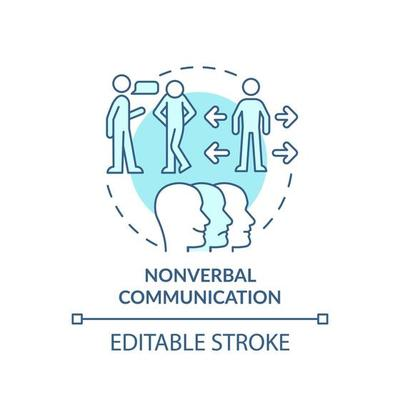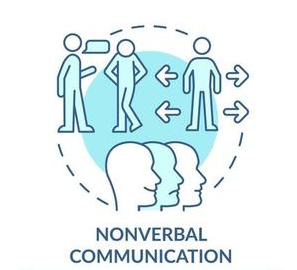Explore the intricacies of non-verbal communication in ‘Non-Verbal Communication Unveiled: Mastering Body Language and Micro Expressions.’ Delve into the art of deciphering subtle cues such as body language and micro expressions to enhance your interpersonal skills and understanding of human interaction.
Communication is a complex interplay of words, gestures, and expressions. While spoken language is undoubtedly essential, non-verbal cues often convey subtle messages that can significantly impact our interactions with others. Mastering body language, micro expressions, and non-verbal communication can be a powerful tool for enhancing social and professional relationships, as well as gaining a deeper understanding of human emotions and intentions.

1. The Language of the Body
When we communicate, only a fraction of the message is transmitted through spoken words. The rest is communicated through body language. Our posture, gestures, eye contact, and facial expressions all contribute to the rich tapestry of non-verbal cues that reveal our true feelings and emotions.
a. Posture and Gestures: A confident and open posture can signal self-assurance and approachability. Conversely, a closed-off posture, such as crossed arms or hunched shoulders, may indicate discomfort or defensiveness.

b. Eye Contact: The eyes are often referred to as the windows to the soul. Maintaining appropriate eye contact conveys attentiveness and sincerity. However, prolonged or intense eye contact may feel intrusive, so it’s essential to strike a balance.
c. Facial Expressions: The face is incredibly expressive and can convey a wide range of emotions, such as happiness, sadness, anger, or surprise. Becoming more aware of our own facial expressions and learning to read others’ expressions can lead to better interpersonal connections.
2. The Power of Micro Expressions
Micro expressions are fleeting facial expressions that last only a fraction of a second. They are involuntary and often reveal concealed emotions that the person may be trying to hide. Mastering the art of identifying micro expressions can provide valuable insights into a person’s true feelings and intentions.
a. Recognizing Micro Expressions: Learning to identify micro expressions requires keen observation and practice. Training oneself to spot these fleeting cues can be an invaluable skill in various contexts, such as negotiations, interviews, or conflict resolution.
b. Emotional Intelligence: Understanding micro expressions is closely linked to emotional intelligence—the ability to recognize, understand, and manage emotions, both in ourselves and in others. Cultivating emotional intelligence can improve our interpersonal relationships and empathetic understanding.
3. The Impact of Non-Verbal Communication
Non-verbal communication can significantly influence the perception others have of us and the messages we convey. By fine-tuning our non-verbal cues, we can align our intentions with our expressions, fostering better communication and rapport.
a. Confidence and Authority: Projecting confidence through body language can boost our perceived authority and credibility. Standing tall, maintaining eye contact, and using purposeful gestures can help convey confidence in various social and professional settings.
b. Active Listening: Non-verbal cues are instrumental in active listening. Nodding, mirroring, and providing verbal feedback show others that we are engaged and interested in what they are saying, making them feel valued and understood.
4. Practicing and Refining Your Skills
Mastering body language, micro expressions, and non-verbal communication is an ongoing process that requires practice and self-awareness. Here are some tips to enhance your proficiency:
a. Video Analysis: Record yourself in various social situations and review the footage to identify areas for improvement. Pay attention to your posture, gestures, and facial expressions.
b. Observational Exercises: Engage in activities where you can practice reading others’ non-verbal cues. People-watching in a public space or participating in group discussions can be valuable exercises.
c. Mindfulness and Self-Reflection: Stay present in your interactions and regularly reflect on your communication style. Being mindful of your non-verbal cues and the impact they have on others is key to improvement.

Conclusion for Non-Verbal Communication and Mastering Body Language
Mastering body language, micro expressions, and non-verbal communication is a skill that can profoundly impact our personal and professional lives. By understanding the subtle language beyond words, we can forge deeper connections, resolve conflicts more effectively, and become more emotionally intelligent individuals. With dedication and practice, we can unlock the power of non-verbal communication and elevate our ability to connect with others on a deeper level, making the world a more understanding and compassionate place.

